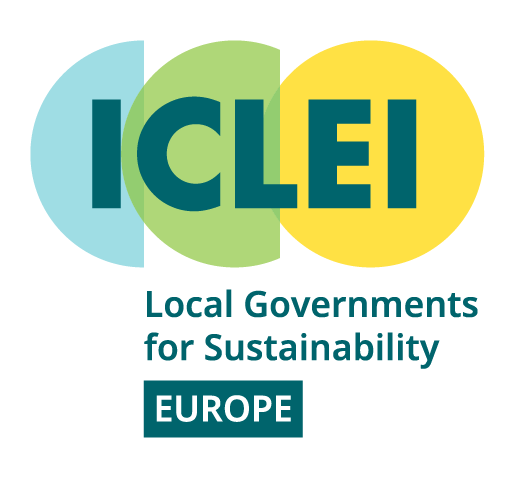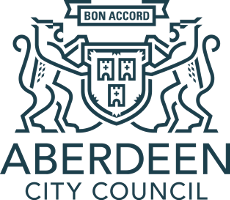21 December 2020
SMARTEES brings social science insights into major energy system models
Energy system models can trace out efficient pathways towards a future energy system that meets the ambitious climate and energy goals set by the European Union and its member states. These models are the primary tools used in technical planning of the energy transition and associated policy strategies. To avoid setting us on a false path, it is important that the models consider all critical aspects of the energy system and the society it serves. Some models may be deficient in their representation of citizen behavior and consumer preferences. In particular, many models omit the important issue of social acceptance, which can hinder the uptake of new energy technology and the buildup of energy infrastructure, implying an additional cost for certain pathways to a sustainable energy system.
This is where SMARTEES can help. As a leading social science project at the European level SMARTEES pioneers the diffusion of social innovations in energy and the use of agent-based models (ABM). As such, it is uniquely positioned to add the latest social science insights and methods into energy system modelling. SMARTEES co-hosted the Focus Group 3 session of the recent European Commission supported Energy Modelling Platform for Europe (EMP-E) 2020 Conference alongside energy system modelling projects openENTRANCE and SENTINEL. The session considered how citizens can be engaged in the energy modelling process, how citizen energy choices are built into energy system models, and how agent-based models may be applied to current modelling frameworks.
The main takeaways from the session include:
- The majority of pre and post session survey respondents believed that ABM can and should be linked to energy system models.
- Prof. Christian Klöckner outlined the SMARTEES’ “HUMAT” concept for representing people’s energy decisions in a modelling framework.
- Dr. Hannes Gaschnig told us what citizens want to be considered in energy system models. Long term impacts on the environment and their lifestyles are the top two concerns.
- Prof. Bertha Guijarro-Berdinas clarified that ABM is most useful for exploring possible alternate realities within a well-defined context, and less suited for prediction of future behavior.
- Dr. Gary Polhill discussed the challenges in linking ABM to energy system models. His takeaway is that these modelling strategies should only be linked for specific questions or to tackle specific problems, not just for the sake of linking models.
Author: Jed J. Cohen, Senior Expert for energy economics at the Energy Institute at Johannes Kepler University, Linz, Austria, @JedCohenEcon
Picture: Focus Group 3 at EMP-E 2020. Including panelists Dr. Gary Polhill (SMARTEES), Prof. Bertha Guijarro-Berdinas (SMARTEES), Prof. Christian Klöckner (SMARTEES) and Dr. Hannes Gaschnig (SENTINEL), moderated by Dr. Jed Cohen (openENTRANCE/SMARTEES) and Dr. Diana Süsser (SENTINEL). Watch the full session HERE














